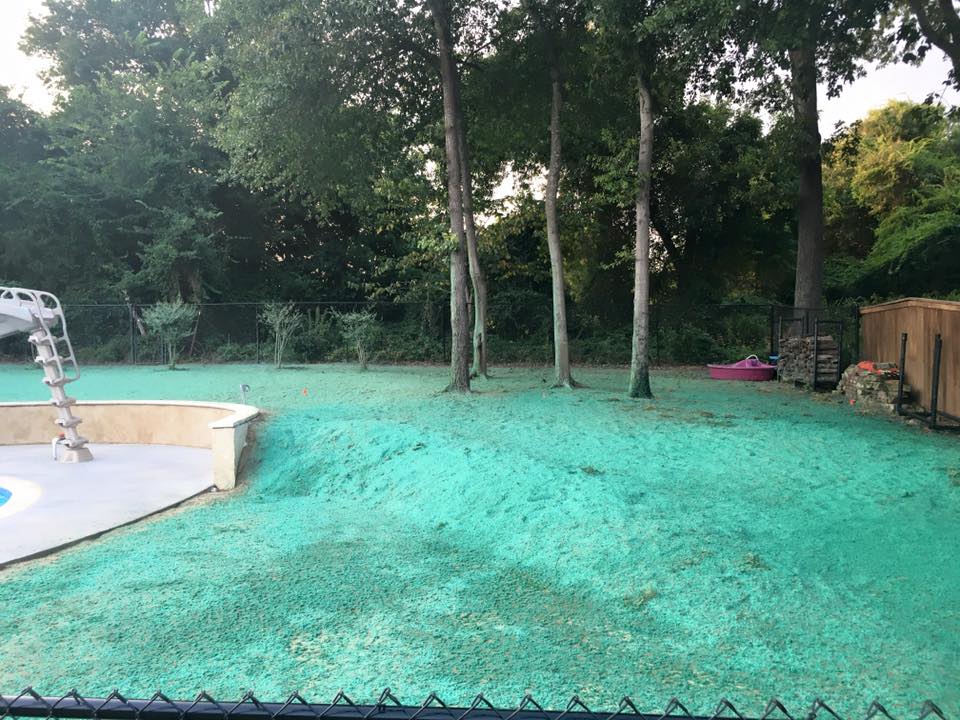The beautiful, spectacular blooms of lilies and orchids are highly admired by home gardeners. Lilies and orchids are both angiosperms, or blooming plants, and are often misidentified, but they belong to separate plant families and have specific characteristics and cultural requirements that distinguish them from one another. Lilies and orchids are great ornamental plants and stunning cut flowers, with long-lasting blooms in a variety of vibrant colours and forms. They can be obtained from your local florists, grocery stores, or through services like flower delivery Singapore.

Lilies
Lilies are members of the Liliaceae family and belong to the genus Lilium. The lily family is made up of a single genus with only approximately 100 species and some hybrids. Lily blooms might be bowl-shaped, trumpet-shaped, recurved-shaped, or funnel-shaped, but they always have three petals and three sepals. Each stamen in a lily bloom is usually six in number, there are a few species that have three although they are uncommon. Lilies have fleshy bulbs with overlapping scales, and some include subterranean stems known as stolons. Lilies are perennials, however, the majority of them are herbaceous, meaning they lack a woody stem.
Because of their vivid colour, large petals, and frequently coloured borders, lilies are spectacular and ideal for elegant weddings. Lilies also represent riches and success and are associated with the longevity of a marriage. Furthermore, the powerful smell of lilies may beautifully perfume an entire space.

Orchids
Unlike lilies, orchids are considered to belong to one of the numerous genera in the Orchidaceae family. The orchid plant family is one of the biggest, with over 30,000 species growing in a variety of environments. All orchid blooms have three sepals and three vividly coloured petals in a whorl. The labellum, or lip, which is a distinctively formed petal, distinguishes orchids from lilies. The precise form varies according to the species. Phalaenopsis, or moth orchids, for example, have a toothed platform in the centre of the bloom, but Cypripedium, or lady’s slipper orchids, have a pouch. Orchids also lack the long stamens found in lily flowers. Unlike lilies, an orchid bloom has a solid column in the centre that contains the pollen.
Orchids can sprout from fleshy roots that attach to trees. These are considered epiphytes, with roots that grow horizontally, inflating into false bulbs, or from slender roots that grow leaves from the ends. Orchids can also be classified as terrestrial, which is growing from underground tubers and rhizomes.

Pairing Orchids with Lilies and Other Flowers
Orchids are hardy, spectacular, and long-lasting flowers. Because of their dramatic appearance and lasting qualities, orchids are frequently used in flower arrangements, corsages, and bridal bouquets. They lend sophisticated elegance to vases and table centrepieces. Combining orchids with other flowers does not have to be difficult, even though their dramatic appearance can be daunting.
Lilies, including roses and peonies, go well with a variety of orchid blossoms. Combine these blooms in a vase for a calming, cottage garden-inspired orchid design. We also often see different kinds of lilies and orchids being paired together in an elegant orchid and lily bouquet. The term lily is frequently used in the common names of numerous plants from other than the Lilium genus that looks like true lilies. Some of these plants, including calla lilies or lilies of the valley, are also often paired with various kinds of orchids in beautiful flower arrangements and bouquets.
Orchids are considered formal flowers. To create harmony in the pairings, more formal flowers, such as roses, peonies, and calla lilies are often used. The elegant beauty of Oriental and Asiatic lilies is also complemented well with sprays of Vanda orchids. Gladiolus are similar to orchids and provide height to a bouquet. Straight-stemmed gladiolus adds structure to an arrangement because most orchids grow on arched stems.

Orchids bloom in colours other than purple and pink, including white, yellow, orange and reddish tones. As a result, it is critical to contrast or compliment the orchid’s colour with the other flowers. White orchids are enhanced by a border of crimson roses. Green Cymbidium orchids look stunning when combined with bells of Ireland, green roses, and green hanging Amaranthus. Yellow orchids with orange inner petals look great with yellow snapdragons and red poppies.
Orchids range in size from small to massive, almost 6-inch-wide cattleya orchids. Like with colour, contrast or match the orchid’s proportion with the other flowers. Lilies, bearded iris, hydrangeas and amaryllis are examples of large blooms to contrast with your orchid size. Roses, carnations, gerbera daisies and peonies are examples of medium flowers, and freesia, nerine, wax flowers, and stock are the smaller flower kinds.
Put white dendrobium orchids with white ranunculus and pastel pink roses for a bridal orchid arrangement. For a textured floral arrangement, combine white phalaenopsis orchids with white hydrangeas and pastel lavender wax flowers. A blush peony, white tulip, and hanging pink phalaenopsis orchid bouquet would make a lovely compliment to any wedding.

Christine Kelley is a dedicated home blogger who has been blogging for over six years. She covers everything home related. Christine also loves writing posts about her travels to Europe with her husband and two children.












